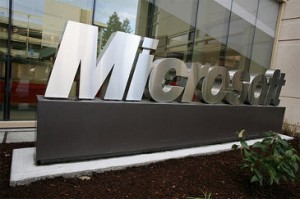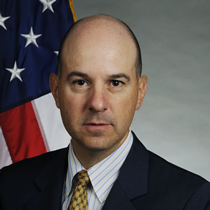The telephone was invented in a race between two great inventors; Alexander Graham Bell and Elisha Gray. Both had individually designed a device that could transmit speech signals electrically, that is, a telephone. However, it was Bell who managed to patent it first. This lead to one of the most epic legal battles over an invention, which ended with the court ruling in favor of Alexander Bell.
Alexander Graham Bell, born in Edinburgh, Scotland on March 3, 1847, was an inventor, scientist and philanthropist, and is credited with the invention of the telephone. Bell first conceived the idea of the telephone at his summer house in Brantford, Ontario, and went on to create a working model in Boston, Massachusetts.
The telephone was born out of his research that was aimed at improving the telegraph system. Bell was trying to devise a more efficient system, which he called the ‘harmonic telegraph’, in which multiple messages could be sent at the same time and over the same wire by using different pitches for different message signals. During his experiments with the harmonic telegraph, he accidentally discovered that the twanging sound of a spring could be heard over his telegraph system. It was only after this incident that Bell began working on a device that could transmit speech signals electronically.
It was on March 7th, 1876 that Bell spoke the first words into his device to his assistant Thomas Watson who was in another room: “Mr. Watson, come here- I want to see you”.
Recently, it was discovered that though Alexander Bell was the first person to patent the design of a telephone, the idea did not originate with him. It was a poor Italian immigrant, by the name of Antonio Meucci, who actually invented the telephone.
Meucci, a mechanical genius born in Florence, Italy, had designed a device very similar to Bell’s telephone, which was demonstrated in New York in 1860, a full 16 years before Bell took out a patent on his telephone. Meucci could not afford a definitive patent for his “teletrofono” and Bell, who shared a laboratory with him, is said to have stolen the idea and patented it as his own.
Meucci sued Bell on the grounds of fraud and was close to winning the legal battle that followed. However in 1889, Meucci died and so did the legal action. It was only in 2001 that the US Congress, under the pressure of Historians and Italian-Americans, recognized Antonio Meucci as the Father of Modern Communications.










